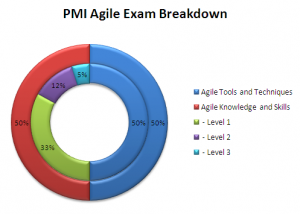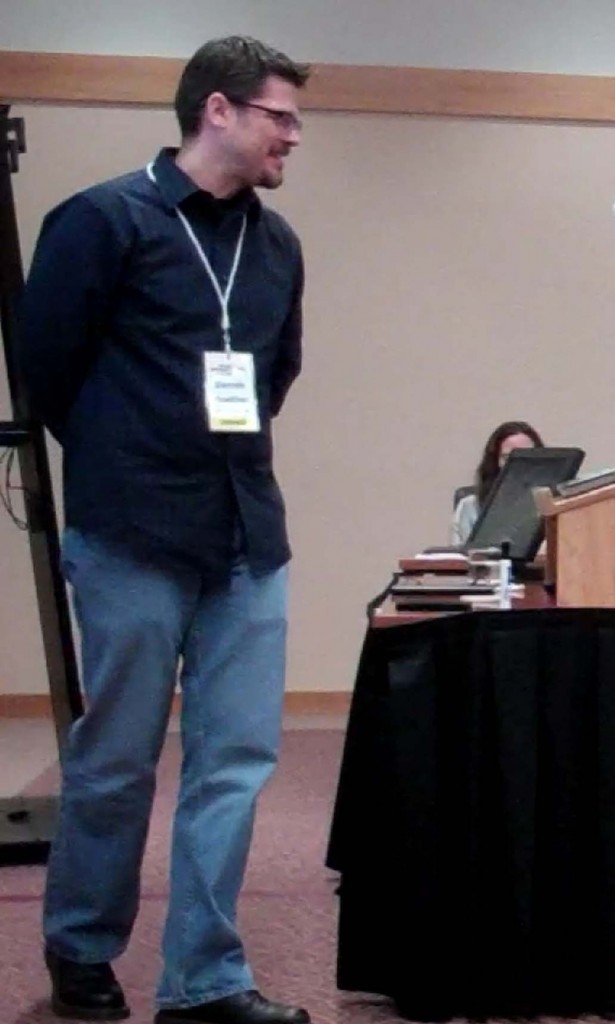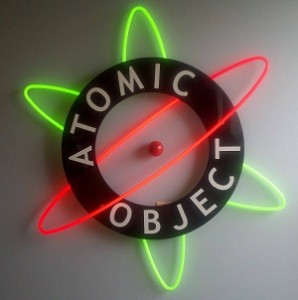When I realized that I could publish my thoughts on a blog, I found it very cathartic. Writing a book posed its own set challenges. When I was halfway done with the book, I saw the forest through the trees. This idiom personified what I was trying to communicate about project management. I found that I had become a writing zombie. I thought of those who came before me, putting pen to paper. They had ideas. But, how many were able get their works published and released to the general public? What roadblocks stopped them from making their dream a reality?
To just accept the status quo without question is one of the first steps to becoming a zombie. Traditionally, a writer gets approval from a publisher, they plan out and write their book, someone edits the work, the book gets printed, and hopefully people buy it. To me, the book publishing process sounded a lot like traditional project management. Regardless of the process, I think you should always ask yourself why. Why are you following the process? If a process doesn’t seem to make sense, perhaps it should be changed. In my case, I decided to change the process to meet my needs, taking a more agile approach.
First, I picked a publish date and decided I would focus on whatever I thought would have the greatest value first. I took my inspiration from Seth Godin who said to just pick a date and ship. Next, I decided that I would publish more content at scheduled intervals, until the body of work was completed. The book will be released in a series of sections or chapters rather than the entire book at once. After fifteen years in the project management industry, I’ve learned that it’s possible to deliver more value sooner, by establishing a series of deadlines and delivering something at each deadline. Lower the risk of not reaching the overall goal, by ensuring delivery of something on a regularly basis.
One of my favorite books, Agile Project Management with Scrum by Ken Schwaber, has 9 chapters and 155 pages. When I purchased the book at a Borders bookstore back in 2005, it cost me $39.99. Though I recognize the value in reading a physical book cover to cover, I would now be willing to purchase chapters of an electronic version of a book, if the author was willing to offer it. Give me the chapters of greatest value first, at a price relative to its overall cost. And from that, I had the basis of the book. I intend to offer it at a very reasonable cost ($2.99) and in multiple formats. Starting with an electronic form allows me to keep costs down and will allow it to be iterated into a better body of work.
I want everyone to know that I don't see myself as an author. I probably don't use the best sentence structure or verb tense. But, I want you to know that the barrier of entry in the publishing world has come down. If you've ever been inspired to write something, just do it! I feels great.
 So, word on the street is the PMI Agile (
So, word on the street is the PMI Agile (






 , it made me stop and question why people wanted to get the PMP or APP. Are we trying to discover better ways to deliver value to customers or just trying to get a piece of paper and a few extra letters after our names? Dan breaks it down to pursuing the mastery of performance-based objectives versus learning-based objectives (ie. getting a passing score on a certification exam versus learning new approaches to deliver value to customers).
, it made me stop and question why people wanted to get the PMP or APP. Are we trying to discover better ways to deliver value to customers or just trying to get a piece of paper and a few extra letters after our names? Dan breaks it down to pursuing the mastery of performance-based objectives versus learning-based objectives (ie. getting a passing score on a certification exam versus learning new approaches to deliver value to customers).
